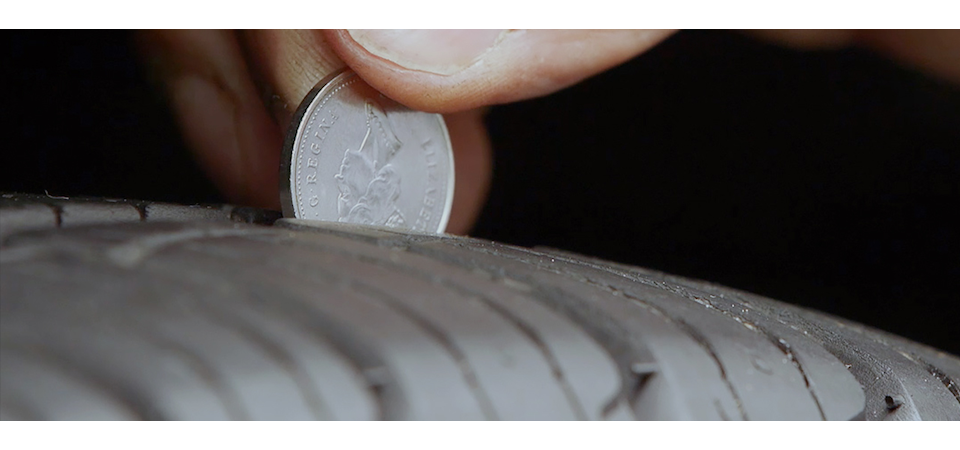How to Check Tire Tread Depth: A Step-by-Step Guide
Your tires are the only part of your vehicle that makes direct contact with the road, so keeping them in good condition is crucial for safe driving. One of the most important aspects of tire maintenance is regularly checking the tread depth. Worn-out tires can compromise your vehicle’s handling, increase stopping distances, and heighten the risk of hydroplaning on wet roads. Here’s a simple guide on how to check your tire tread depth.
Why Tread Depth Matters
Tread depth refers to the thickness of the rubber that contacts the road surface. New tires typically have a tread depth of about 10/32 to 12/32 inches. As you drive, this tread wears down, reducing the tire’s ability to grip the road. When the tread depth falls below a certain level, usually 2/32 inches, it’s time to replace the tire. Driving on worn tires can be dangerous, especially in wet or icy conditions, as the tire’s ability to channel water away from the contact patch is diminished.
Tools You’ll Need
To check your tire tread depth, you can use one of the following tools:
- A Tread Depth Gauge: This is a precise tool designed specifically for measuring tire tread depth. You can find it at most auto parts stores.
- A Penny: If you don’t have a tread depth gauge, a simple penny can do the trick.
Step-by-Step Guide to Checking Tread Depth
- Use the Tread Depth Gauge:
- Insert the tread depth gauge into the tread grooves of the tire.
- Press the gauge’s shoulders flush against the tread.
- Read the measurement on the gauge. If the depth is 2/32 inches or less, it’s time to replace the tire.
- Use the Penny Test:
- Take a penny and place it with Lincoln’s head upside down and facing you into a tread groove.
- If you can see the top of Lincoln’s head, your tread is less than 2/32 inches deep, and the tire needs to be replaced.
- Repeat this test at several points around the tire to check for uneven wear.
- Check Multiple Spots:
- Tire tread can wear unevenly, so it’s important to check at several points around each tire.
- Look for signs of uneven wear, such as bald spots or areas where the tread is significantly lower. This could indicate issues with your vehicle’s alignment or tire pressure.
- Inspect the Tread Wear Indicators:
- Many tires come with built-in tread wear indicators. These are small raised bars that run across the grooves of the tire. When the tread is worn down to these indicators, it’s a clear sign that the tire needs replacing.
When to Replace Your Tires
If your tire tread depth is 2/32 inches or less, it’s time to replace your tires. However, for optimal safety, many experts recommend replacing tires when the tread depth reaches 4/32 inches, especially if you frequently drive on wet or slippery roads.
Additional Tips for Tire Maintenance
- Rotate Your Tires Regularly: To ensure even wear, rotate your tires every 5,000 to 7,500 miles.
- Check Tire Pressure: Underinflated or overinflated tires can wear unevenly, so keep your tires inflated to the manufacturer’s recommended levels.
- Inspect for Damage: Regularly check your tires for signs of damage, such as cuts, punctures, or bulges.
Conclusion
Regularly checking your tire tread depth is a simple yet essential task for maintaining your vehicle’s safety and performance. With just a penny or a tread depth gauge, you can easily assess whether your tires are still roadworthy or if it’s time for a replacement. Don’t overlook this important aspect of car maintenance—your safety depends on it!
If you’re unsure about your tire’s condition or need professional assistance, visit [Your Showroom Name]. Our expert technicians are here to help you stay safe on the road.

